A great home chef must have the right tools to make wholesome and tasty meals for their families. For most people, that means frying pans, pots for boiling, and sharp knives to make cutting a breeze. Unless you're lucky enough to have one of those fancy butcher block counters, you must also have a durable cutting board.
Wood cutting boards are the unsung heroes of the kitchen, if you ask most chefs. These items protect your counters from marks and keep food spills and stains off other surfaces.
If you have a cutting board you currently love, you naturally want to keep it around for as long as possible. Here are a few helpful tips that allow you to do just that.
1. Condition With Oil
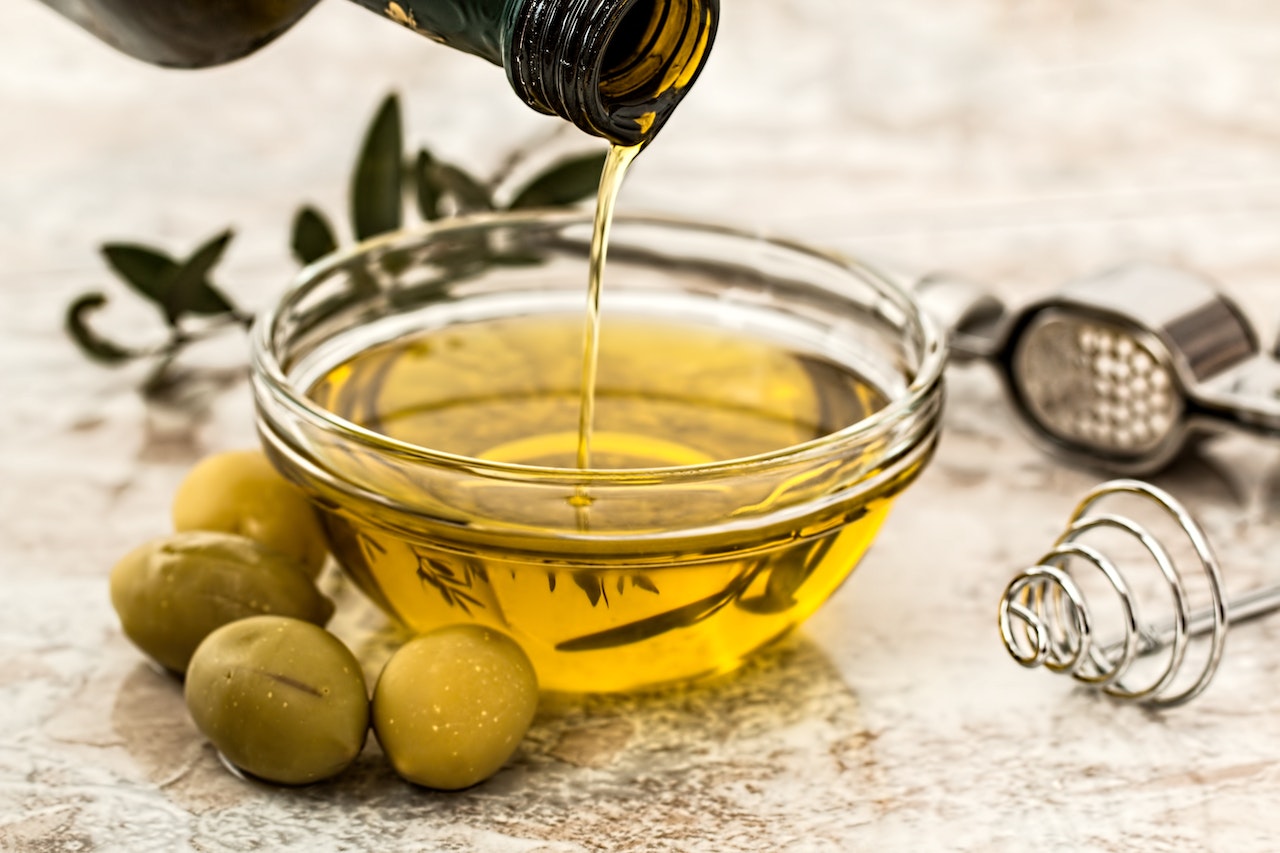
Oil conditioning of the wood creates a barrier that can ward off all sorts of threats. That's why you should do it monthly to seal out water and protect the wood from scratches and gouges. You must also be mindful of the type of oil you use for conditioning.
Mineral oil is highly effective, affordable, and readily available. If you want even more protection, add a little beeswax to the mix, which creates a protective layer over the surface. Spread the mixture over the board evenly, then set aside until dry.
2. Remove Stains
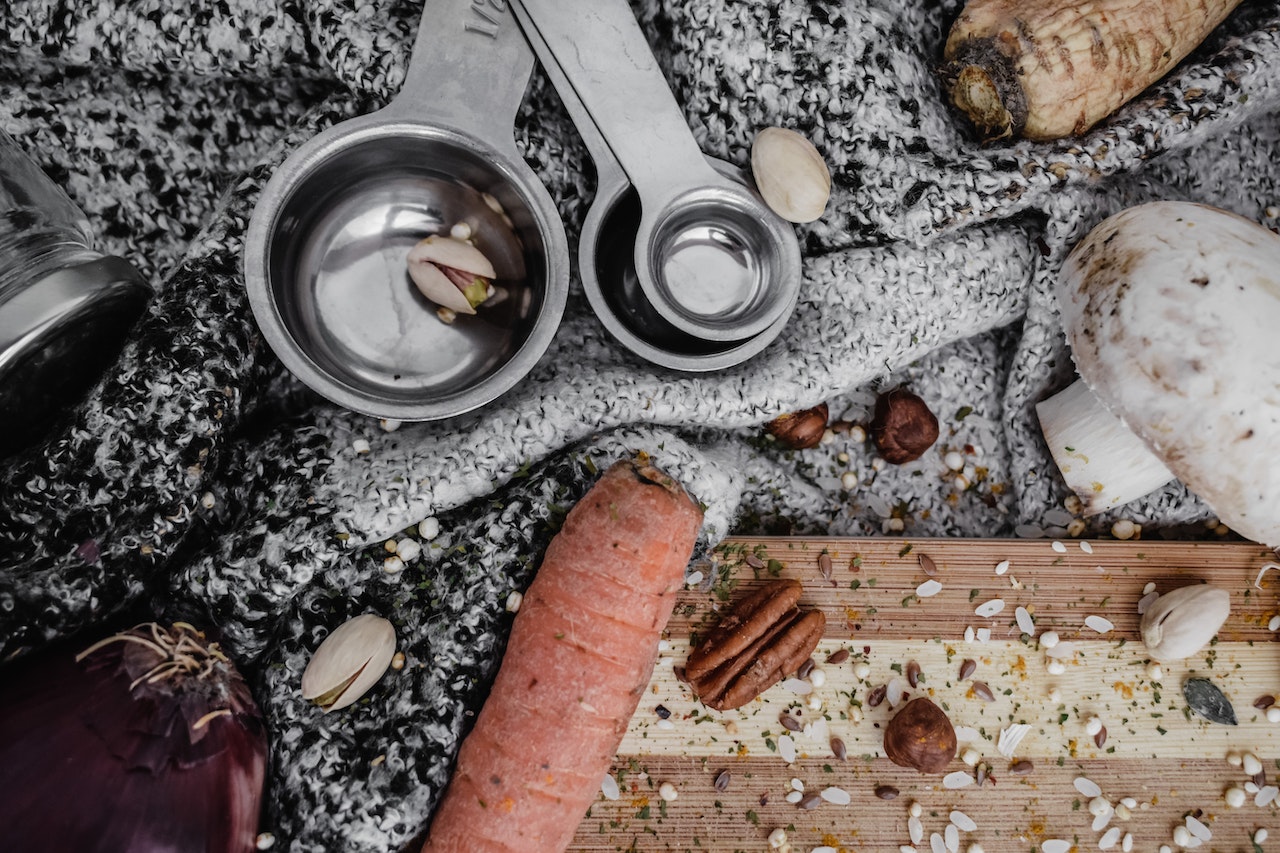
As any good homemaker knows, baking soda is a wonder ingredient in the kitchen. Its abrasive nature means it's great for scrubbing stains, especially on wood. First, sprinkle some over the stain, then take a sponge soaked in hot water. Rub at the stain until it's eliminated, then re-soak the sponge to remove the excess baking soda.
3. Reduce Odors
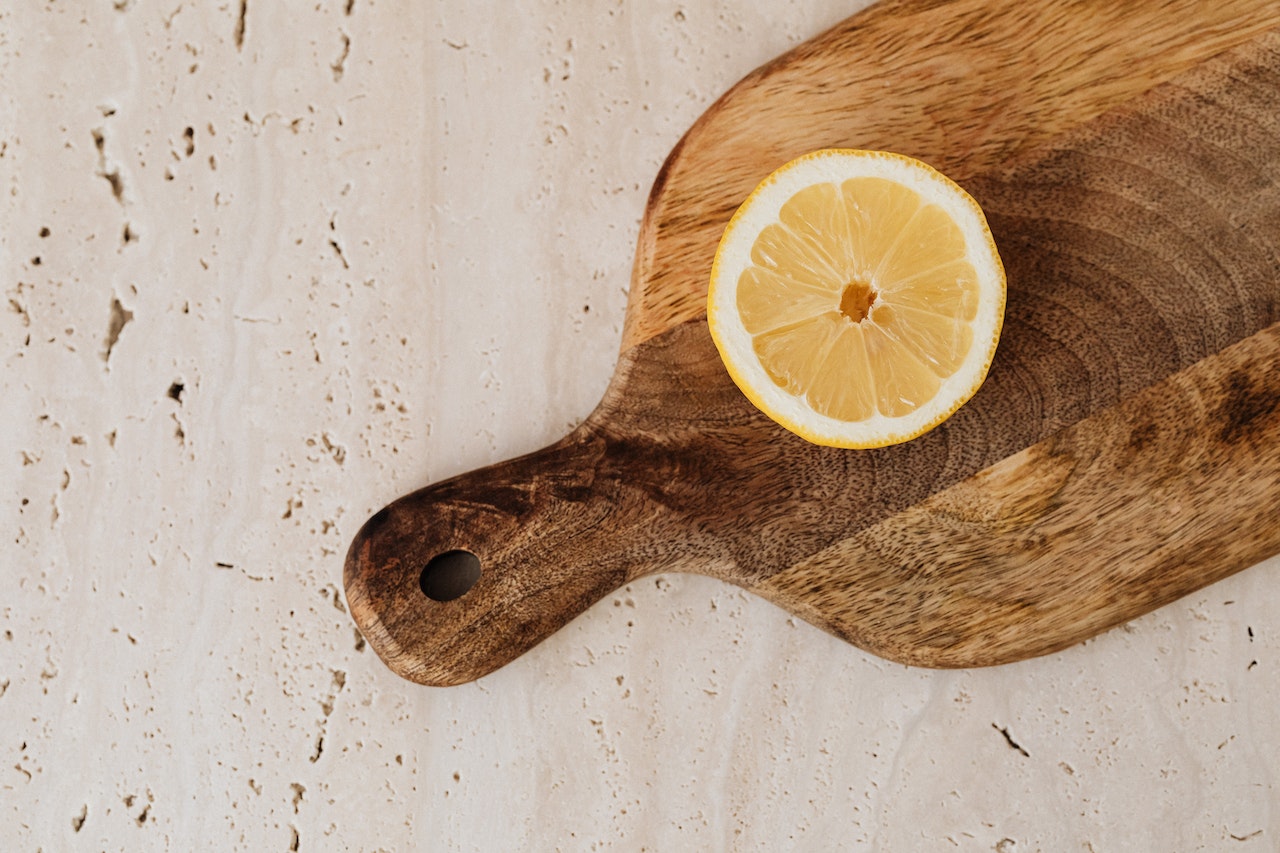
Wood boards can get a little stinky when cutting pungent vegetables, such as onions or garlic. In this case, sprinkle a little salt over the board, then rub a lemon across the surface. Move the lemon over the wood in circular motions for the best results. This method also works great as a sanitizer!
You can also try a white vinegar solution. Mix one part white vinegar with two parts water in a spray bottle. Spray the board and let it sit for about ten minutes before rinsing thoroughly.
Some people say you should wash your board after every cleaning, while others prefer cleaning their board on a set schedule. It depends on how much you use the cutting board and what you normally prepare on it. Develop a cleaning approach that works best for you!
4. Eliminate Knife Marks
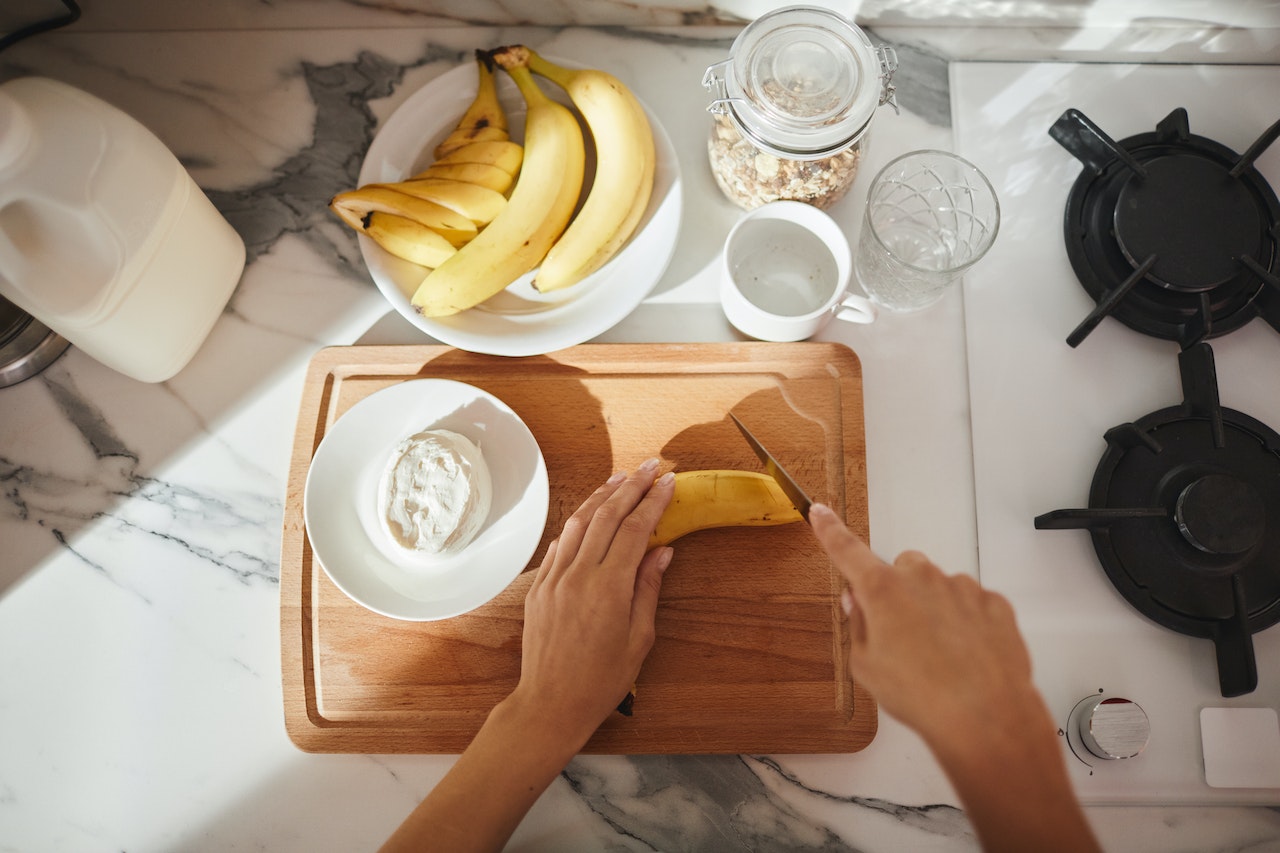
Knife marks are unavoidable when using your cutting board. After all, that's why these implements are so essential in the kitchen!
Regular sanding can help keep the surface smooth. You can pick up sandpaper at your local home supply store and rub it across the board until the knife marks and gouges are eliminated. From there, apply oil as you did in the first step to condition the board. Be mindful of how often you're sanding, as you don't want to make the board thinner.
5. Know What Not to Do
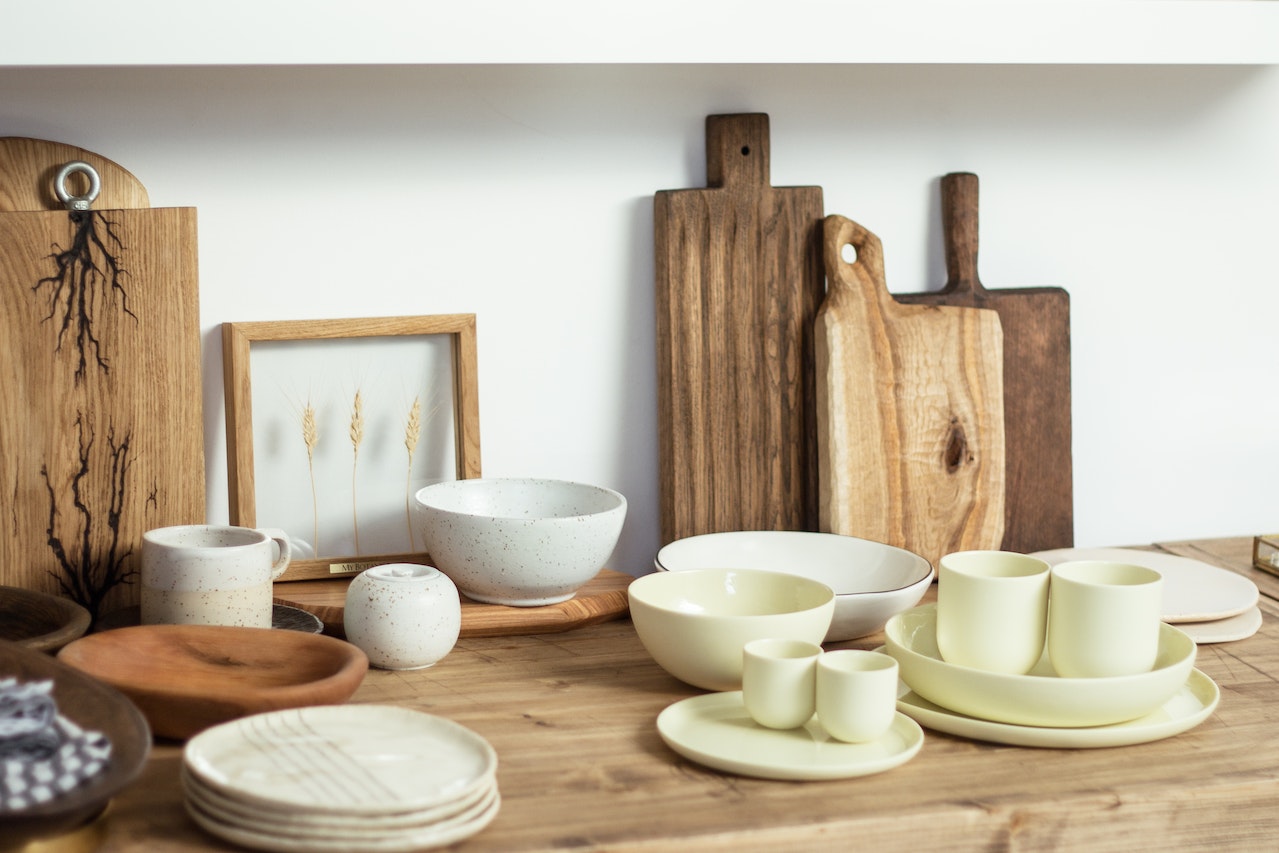
In addition to the above tips, you must also avoid possibly damaging practices. For instance, never soak the board in water when cleaning. Because wood is porous, it will retain water and become warped over time. Never, ever put the board in the washing machine.
Proper care of your kitchen utensils ensures you get as much use out of them as possible. This is crucial from a cost-savings perspective, which is a topic on the mind of all families these days. However, it's also just the right thing to do. Treating your belongings with care and kindness sets a great example for your kids!
